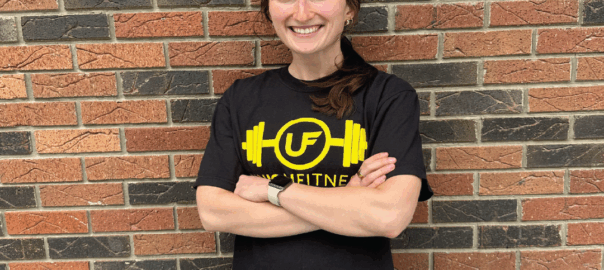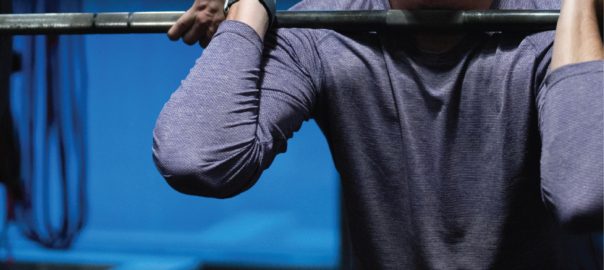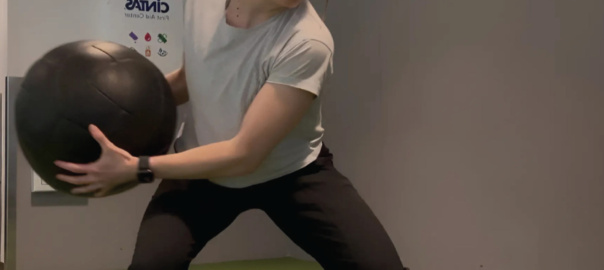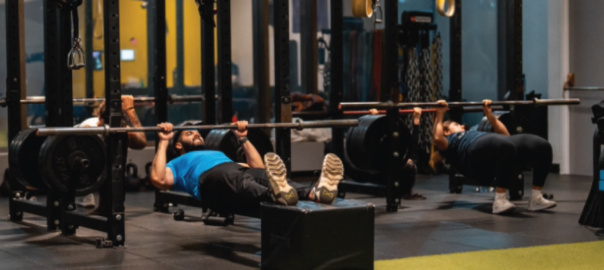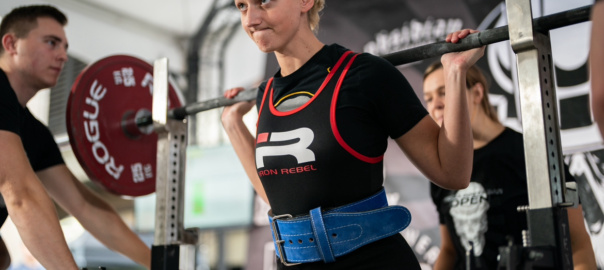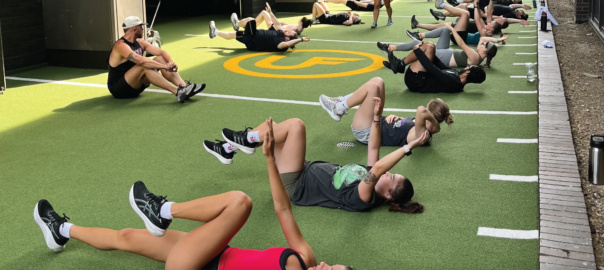When you hear the word plyometrics, you may think of athletes and how they do this as part of their training for them to perform to the highest level. In many cases this is true, yes athletes do a lot of plyometrics as part of their training, but what is not recognized or thought of is the importance and the benefits of this skill for NARPS (non-athletic regular person). When addressing plyometrics we should consider it as a skill rather than an exercise. This activity requires the greatest amount of force in the fastest amount of time, and for it to have a beneficial eNect on our training, it must be performed correctly.
To understand the mechanisms of Plyometrics we need to understand the Stretch Shortening Cycle (SSC). The SSC is the eccentric mechanism of the muscle before the concentric mechanism, ultimately leading to the desired movement. In simpler terms, during the eccentric phase the muscle is elongating and stretching, building up tension and energy. Following this there is the amortization phase, which is the transition phase and is critical for maintaining the power and strength built up in the eccentric phase. Finally, the concentric phase, which is when the muscle contracts and shortens, using the built-up energy from the eccentric phase to perform the desired action. The greater the SSC and stretch of the muscle, the greater the force, power, and speed of the muscle to perform the action. To simply this idea even more, think about a spring, the greater compression/loading of the coils of the spring, the greater the springs’ ability to react and expand.
So, what is the link between plyometrics and the SSC? During any plyometric we are trying to build up the greatest elongation of the muscle to produce the greatest force but doing this with repetition. With repetitive practice of plyometrics, it will result in a greater storage of energy, enhanced involuntary neural reflexes, greater muscular pre-activity and working range, and increased motor coordination –ultimately, allowing the SSC to have greater capabilities. With consistent practice there will result in many benefits with plyometrics including increased strength, power, balance, agility, and coordination.
Now that we have covered what plyometrics are, how can you implement this skill into your training and into your life to stay physically active? A lot of people think of throwing medicine balls and jumping onto boxes when they think of plyometrics. These are all plyometrics but there are a lot of alternative types that can be performed. Both athletes and NARPs can perform less aggressive skills such as step ups, pogo jumps, squat jumps, single leg jumps, and many more that don’t require additional equipment. Plyometrics, in addition to generating more strength and power, will also increase your heart rate which is very beneficial for cardiovascular health!
Understanding the benefits, mechanisms, and importance of plyometrics in training is critical whether you are an athlete or someone prioritizing your health. Acquiring the proper knowledge and guidance to perform his skill will result in greater development of the SSC, and therefore overall muscular strength and power.
Kaitlin
